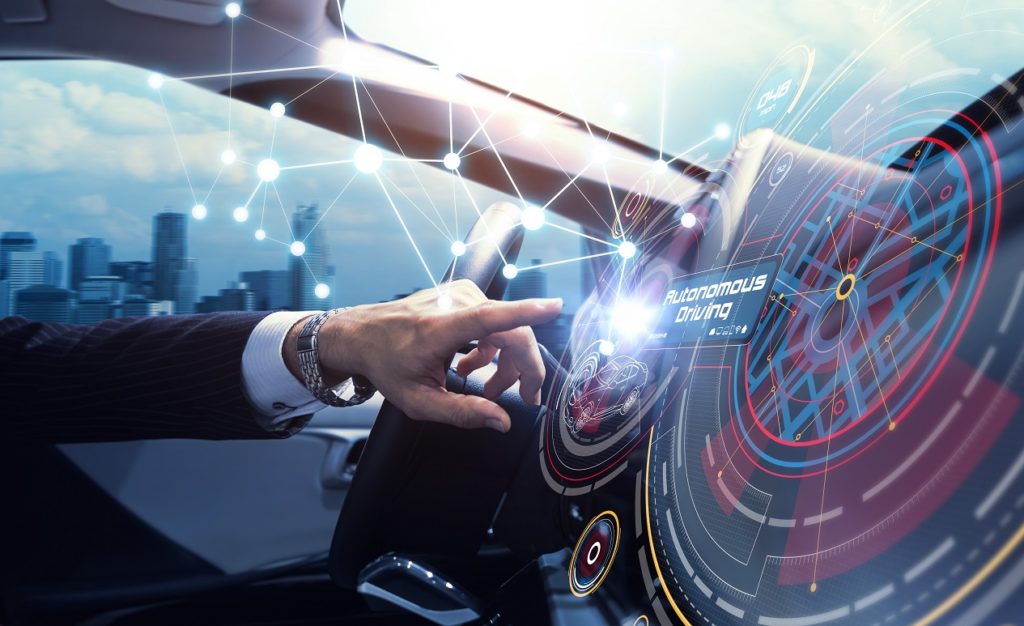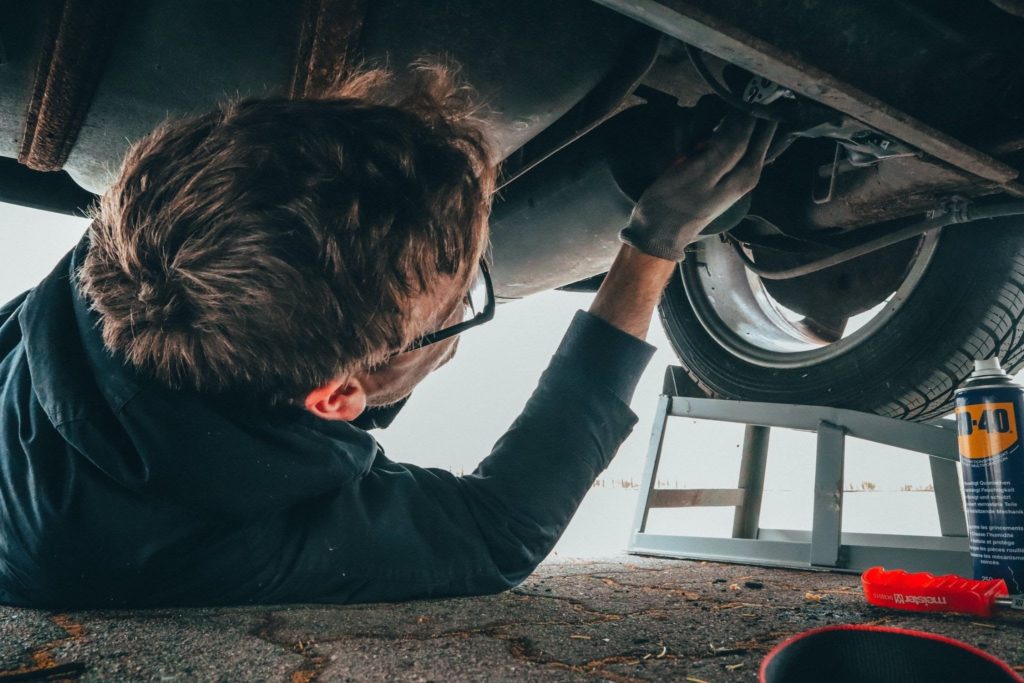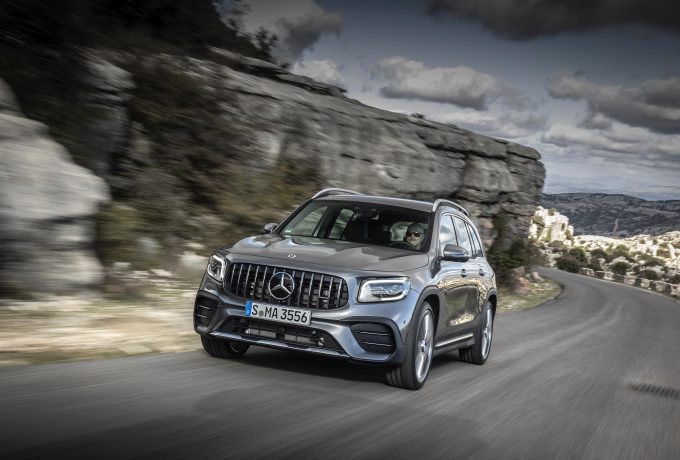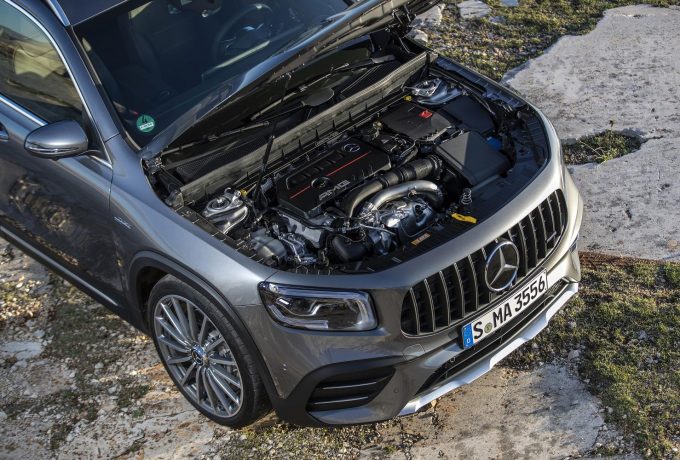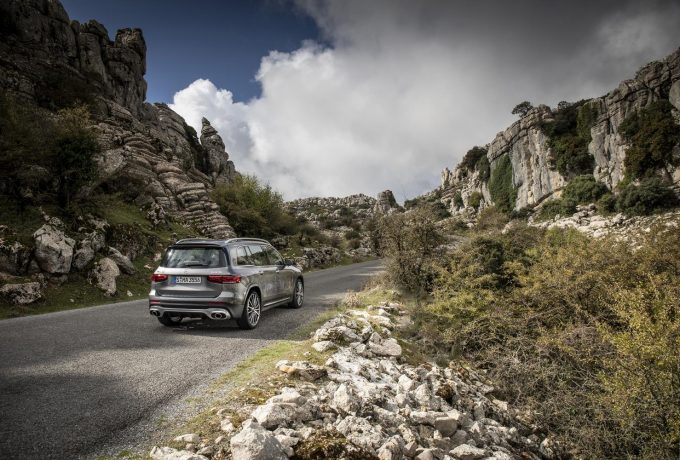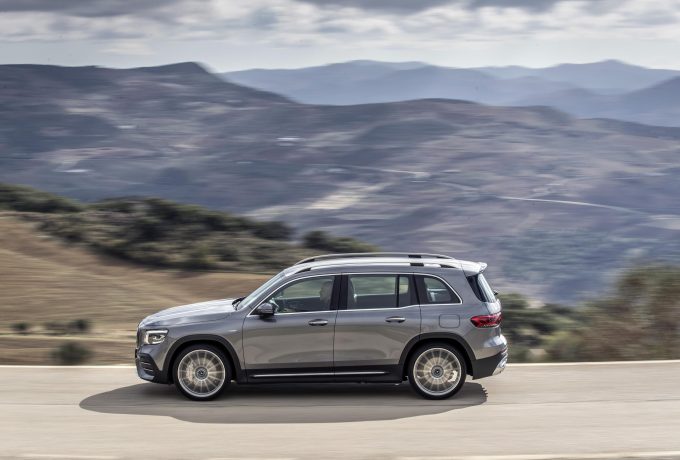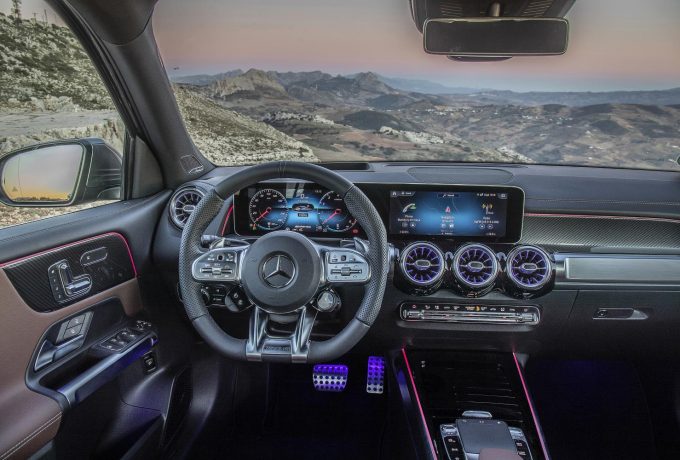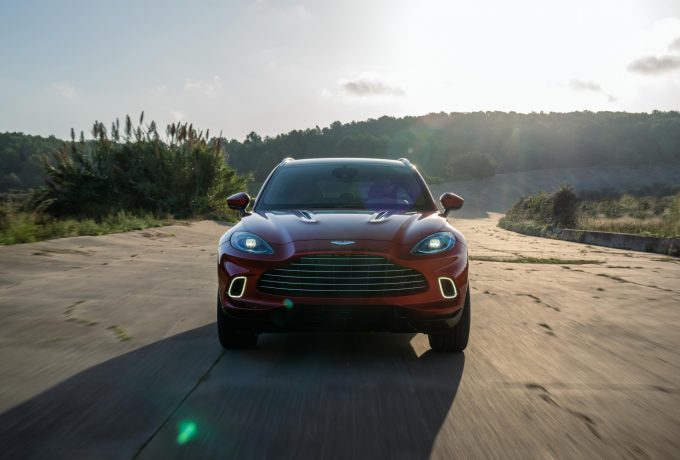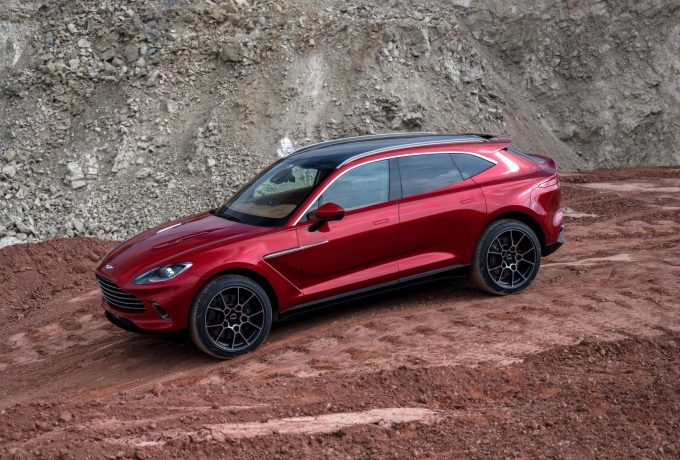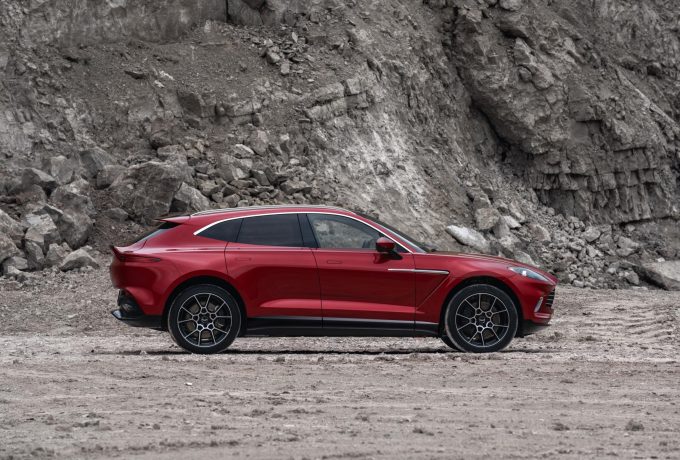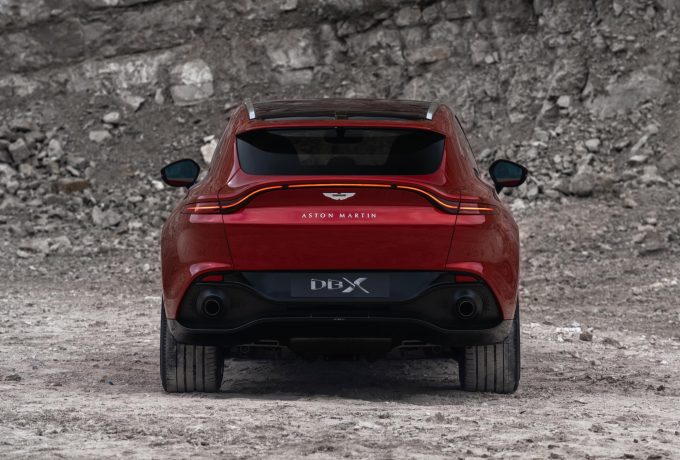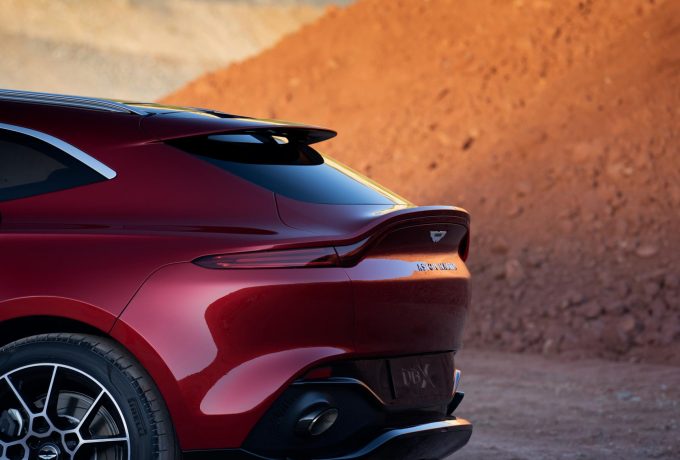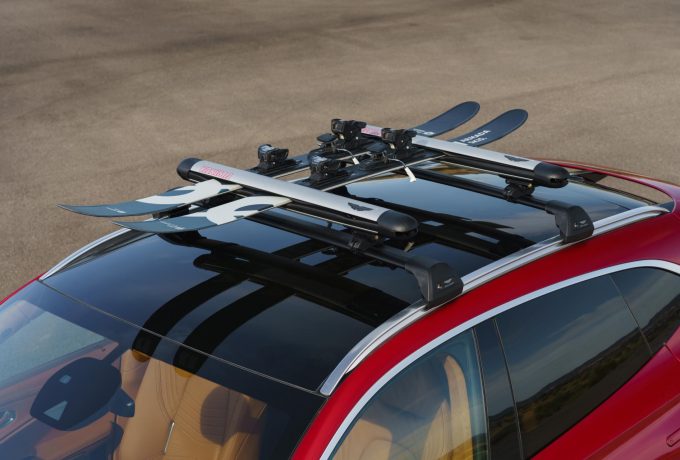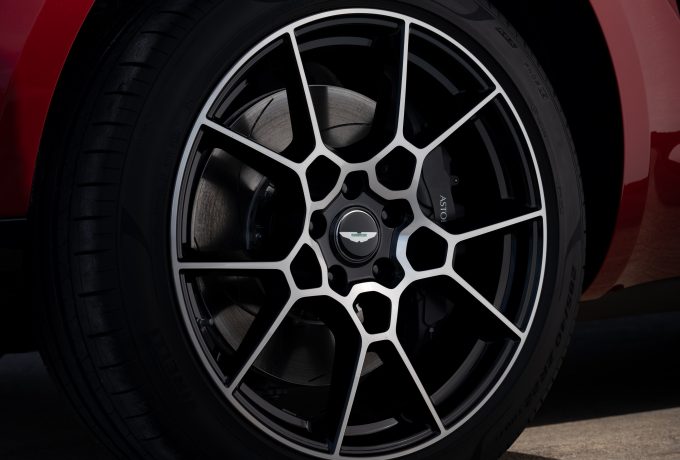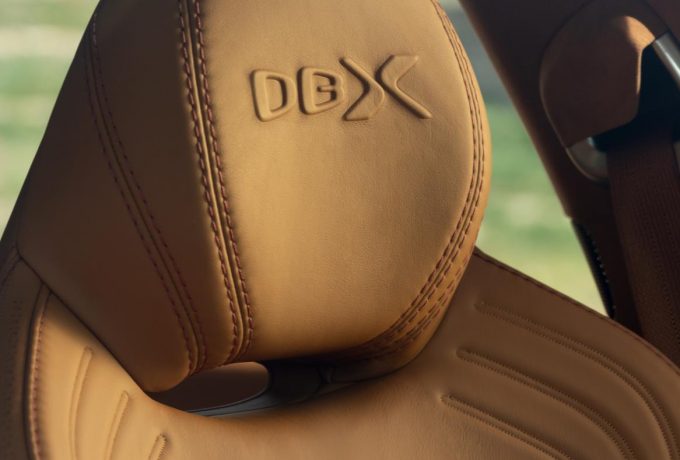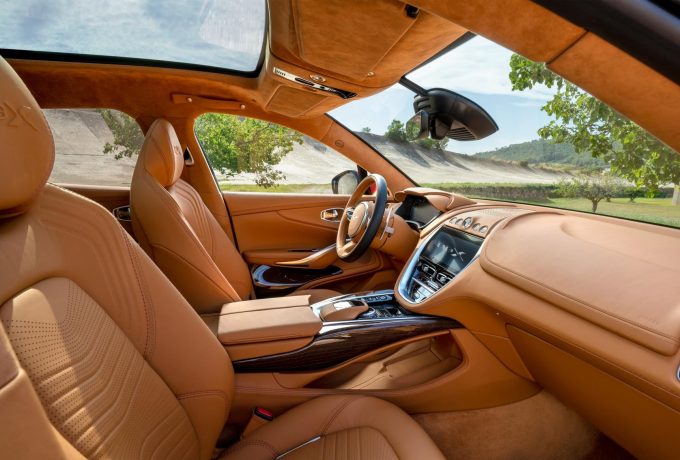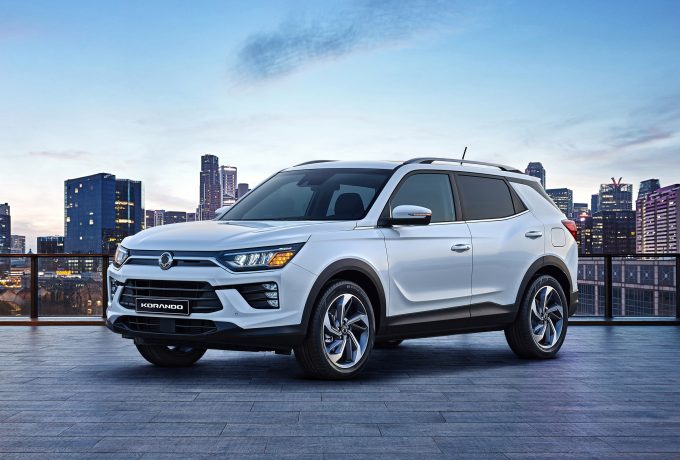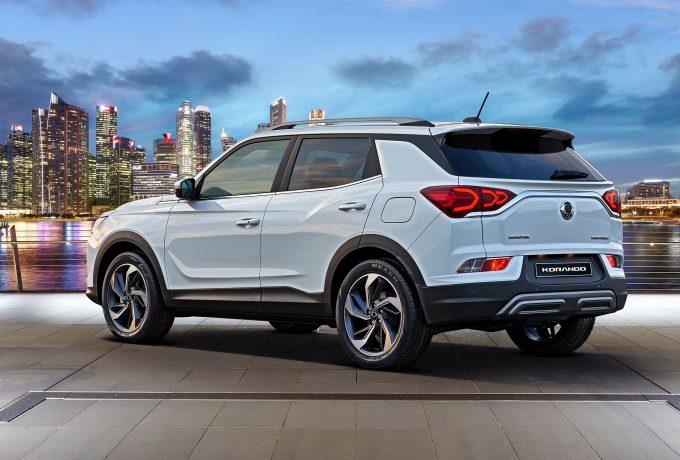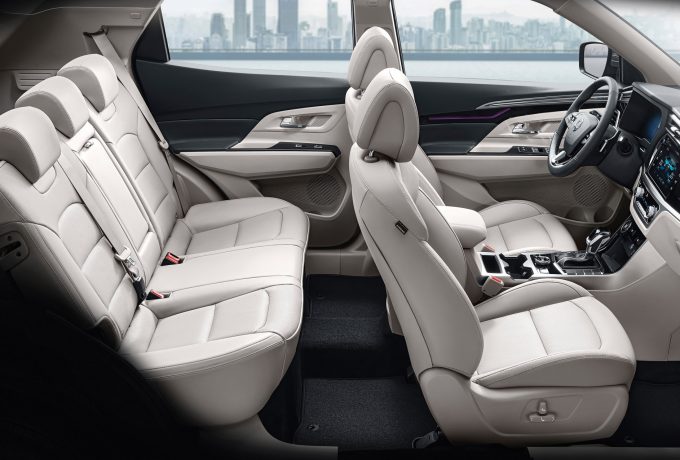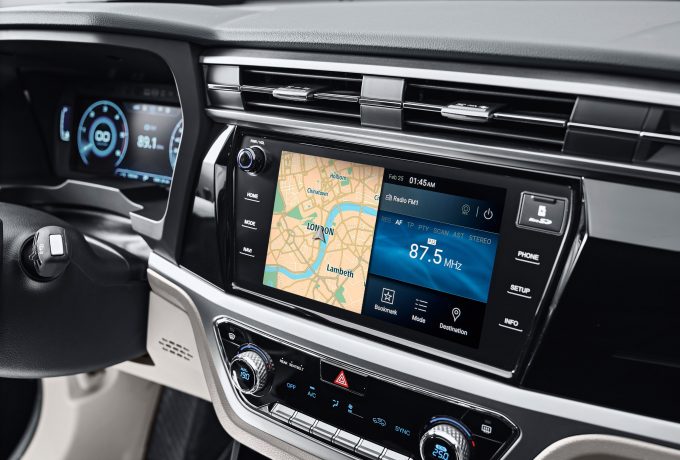- Texaco’s average fuel price was 135.1p per litre, more than 5p more than the cheapest supermarket
- The cheapest fuel at the ‘big four’ supermarkets is Sainsbury’s, with an average 131.50p per litre
- The cheapest petrol pump was Costco Birmingham, while Sainsbury’s Enfield (London) has the cheapest diesel
While the long snaking lines of cars desperate for fuel outside petrol stations have dissipated, the panic of the fuel shortage is still fresh in many minds.
To add fuel to the fire, there are also reports of diesel costs hitting record highs in November. For drivers, it is easy to feel helpless as winter arrives.
But it is not all doom and gloom. Vertu Motorcycles have analysed the fuel price fluctuations across hundreds of pumps to see where you can find the best value fuel in the UK. Prices were analysed on a weekly basis for six weeks in September and October.
Their data shows that the cheapest petrol in the UK can be found at Costco Birmingham, on Watson Road (B7 5SA) near Coventry. The cheapest diesel is found in Sainsbury’s Enfield in London, along the A10.
The frequency of Costco fuel stations on their cheapest prices lists is most likely due to the supermarket’s member-only policy, allowing them to offer more competitive prices. Both lists are dominated by fuel stations found in Manchester and Coventry, too; 60% of stations in our two 10 cheapest fuel stations list are located in these two cities.


Furthermore, the data by Vertu Motorcycles revealed that the big garage brands, such as Texaco, Esso and BP, are best to be avoided for those looking to dodge the priciest pumps, as they consistently offer the most expensive fuel prices across the country.
Texaco is especially costly, priced at 2.7p per litre more than the national average.
In contrast, supermarket petrol stations offer the better priced fuel for Brits overall.
Costco, in particular, has the cheapest fuel prices at 129.9p per litre; most likely due to its member-only policy.
For non-members, the cheapest prices can be found at Murco and independent fuel stations, but these are much rarer than the big garage brands.
Texaco, for instance, has around 800 stations in the UK, while Esso and BP each have over 1,200 locations to fill up at.
In terms of the ‘big four’ supermarkets (Tesco, Sainsbury’s, Asda and Morrisons), it’s Sainsbury’s that offers the cheapest fuel prices on average (131.5p per litre).
Tesco is the most expensive supermarket for fuel, with prices averaging at 132.7p per litre, while Morrisons and Asda sit in the middle with 132.5p and 132.4p per litre, respectively.

Want to make more everyday fuel savings? Check out these top tips, below:
- Branded fuel station or supermarket? Shop at supermarkets for the lowest fuel prices, but if you have the option of an independent station, it is a good idea to shop local, if you can, to keep them in business.
- Have you checked your tyre pressure? Under inflated tyres require more fuel to maintain movement. Just a five-minute check every two weeks could be all you need to save £££ at the pumps.
- Are you filling your fuel tank to capacity? While it might seem like a time saver to fill your tank right to the top, the extra weight will cause your car to burn through fuel quicker. Look to fill your tank up half-way to stay fuel-efficient.
- What are your driving habits? Accelerating smoothly and maintaining a constant speed, rather than erratic speeding up and slowing down, consumes much less fuel, netting you noticeable savings.
A Vertu Motorcycles spokesperson commented:
“With the fuel shortage still fresh in people’s minds, it is critical that everyone reassess how and where they buy their fuel from to avoid paying over the odds.
“Of course, it is not viable for those who live near expensive pumps to drive further afield to find cheaper fuel, but knowing which fuel brands are best to avoid could save you a pretty penny at the pumps if you do have the option.
“Hopefully, this is the last time we hear of any ‘fuel crisis’, but it always pays to do your research and exercise cautious purchasing habits.”

